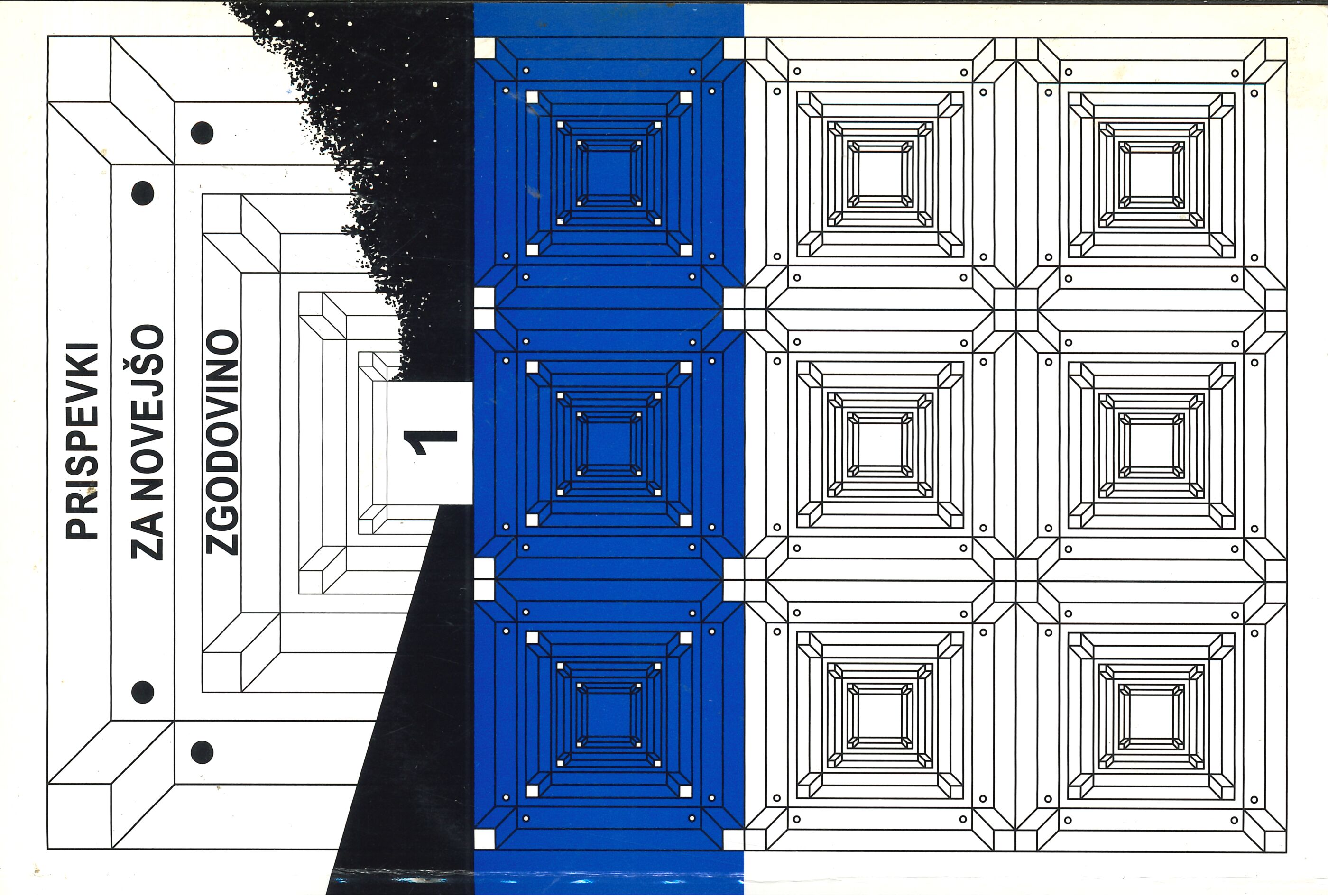Slovenian Monetary and Commercial Relations with Other Yugoslav Republics (1945–1950)
Keywords:
Yugoslavia, Slovenia, economy, exchange of goods, trade, supply, black marketAbstract
To date the exchange of goods between the republics has remained unexplored due to the lack of statistical information (which the Yugoslav federal authorities started collecting as late as in 1966). On the basis of available archive and other documentary materials the author of the following article sheds light on the systemic characteristics of budgetary financing and loans, ways of planned market management, and forms of illegal trading. He analyses the role of Slovenia in the centralist system of food and goods supply. Slovenia as the main consumer received the required raw materials and food from the other republics in order to maintain its production and ensure regular food and goods supply for its people, and as the main producer it had to transfer the surplus industrial and agricultural production to the other republics. Like the other republics Slovenia also defended its economic interests, closing the borders in order to deter buyers from the other republics.
Downloads
Published
Issue
Section
License
Authors who publish with this journal agree to the following terms:
- Authors retain copyright and grant the journal right of first publication with the work simultaneously licensed under a Creative Commons Attribution License that allows others to share the work with an acknowledgement of the work's authorship and initial publication in this journal.
- Authors are able to enter into separate, additional contractual arrangements for the non-exclusive distribution of the journal's published version of the work (e.g., post it to an institutional repository or publish it in a book), with an acknowledgement of its initial publication in this journal.
- Authors are permitted and encouraged to post their work online (e.g., in institutional repositories or on their website) prior to and during the submission process, as it can lead to productive exchanges, as well as earlier and greater citation of published work (See The Effect of Open Access).


